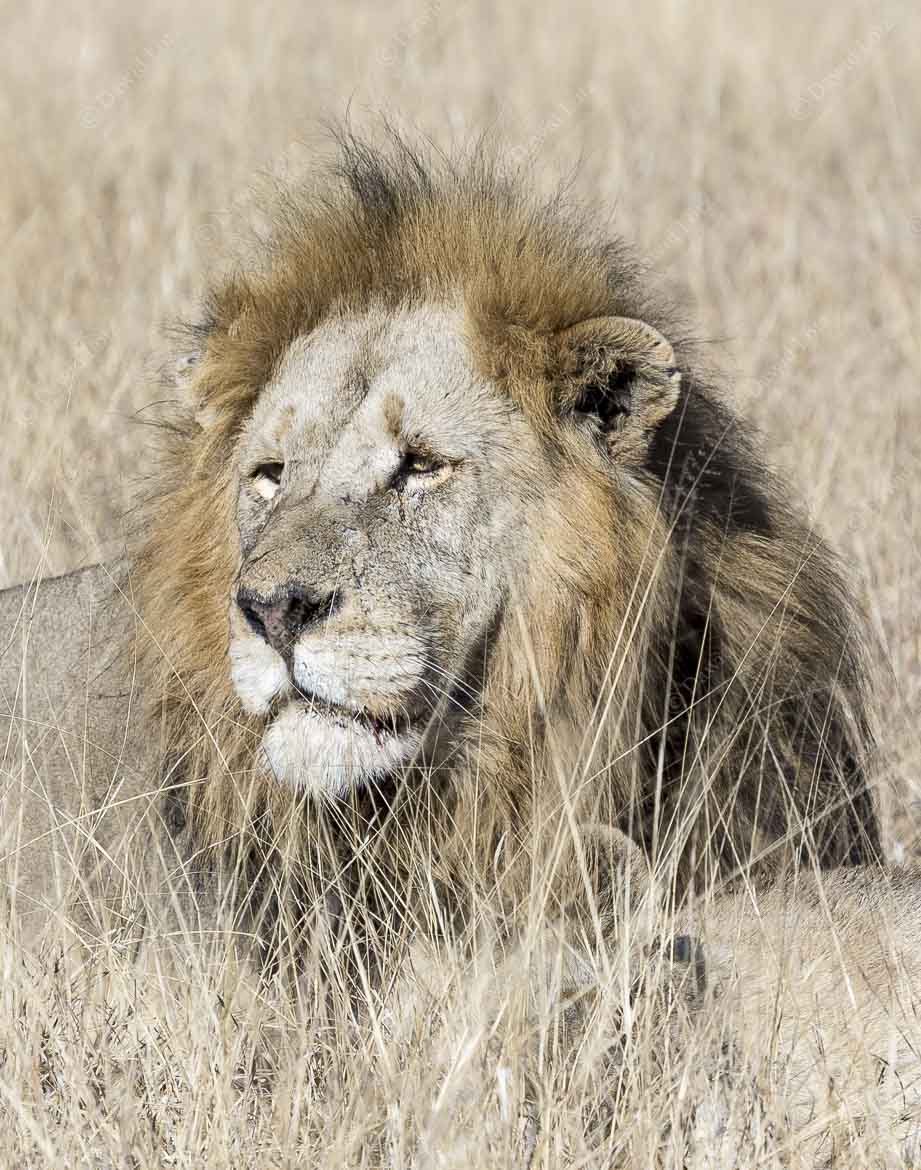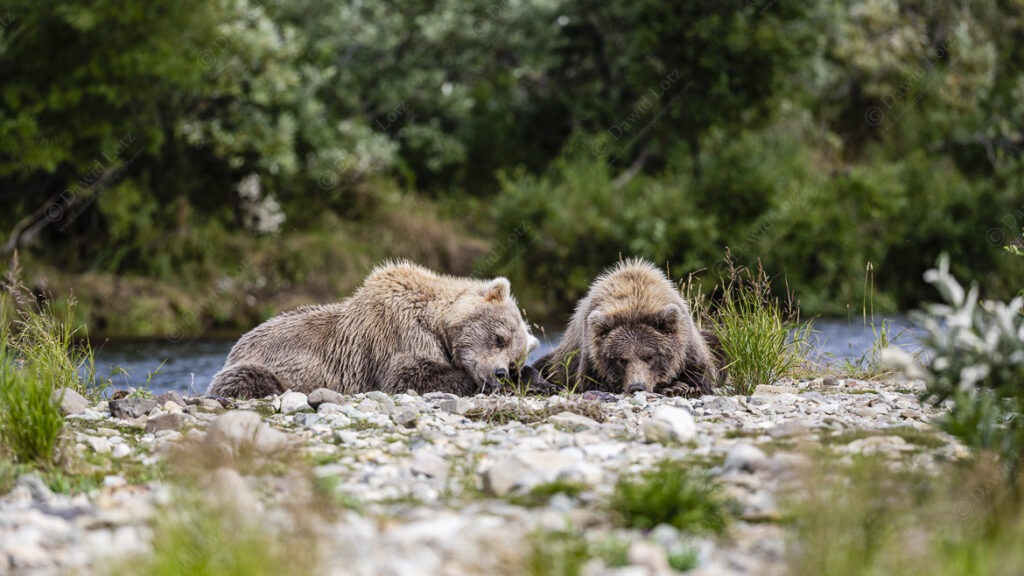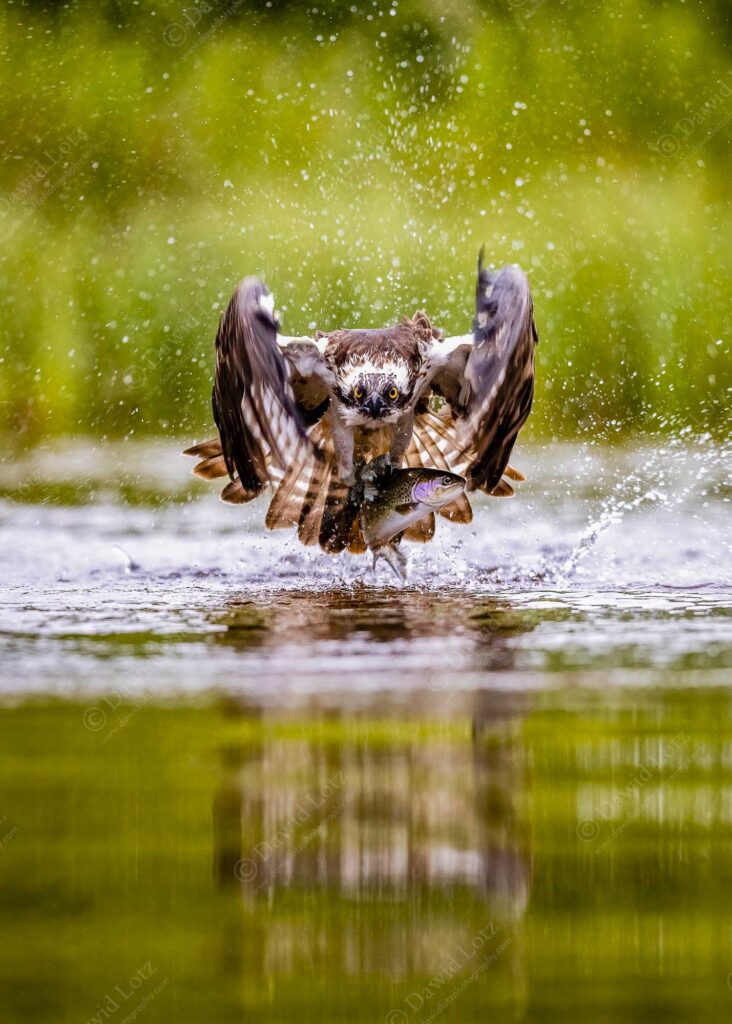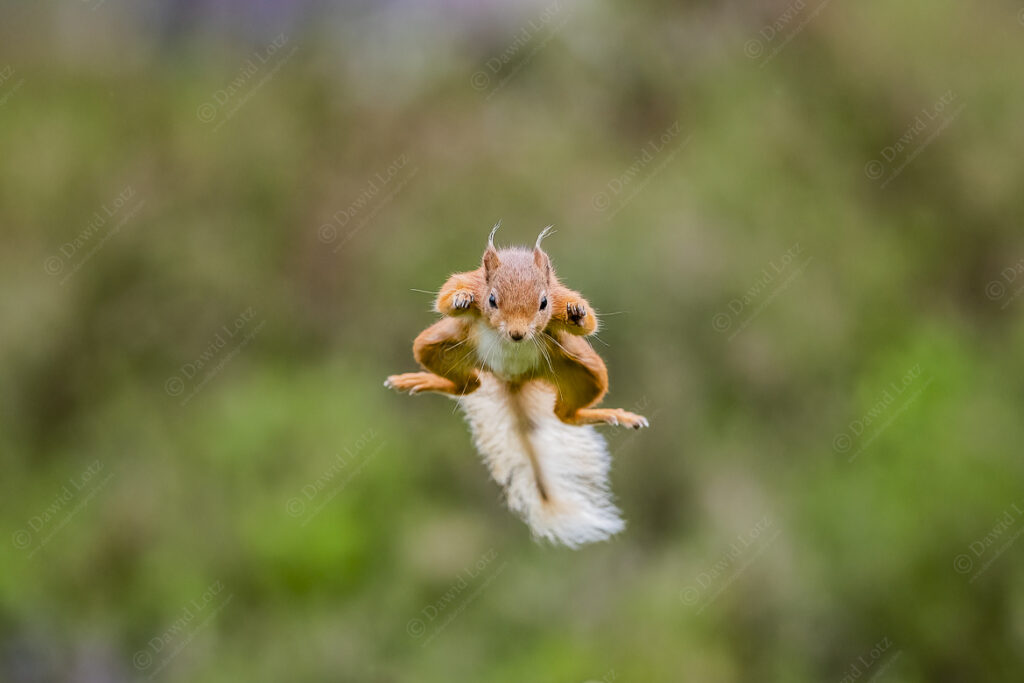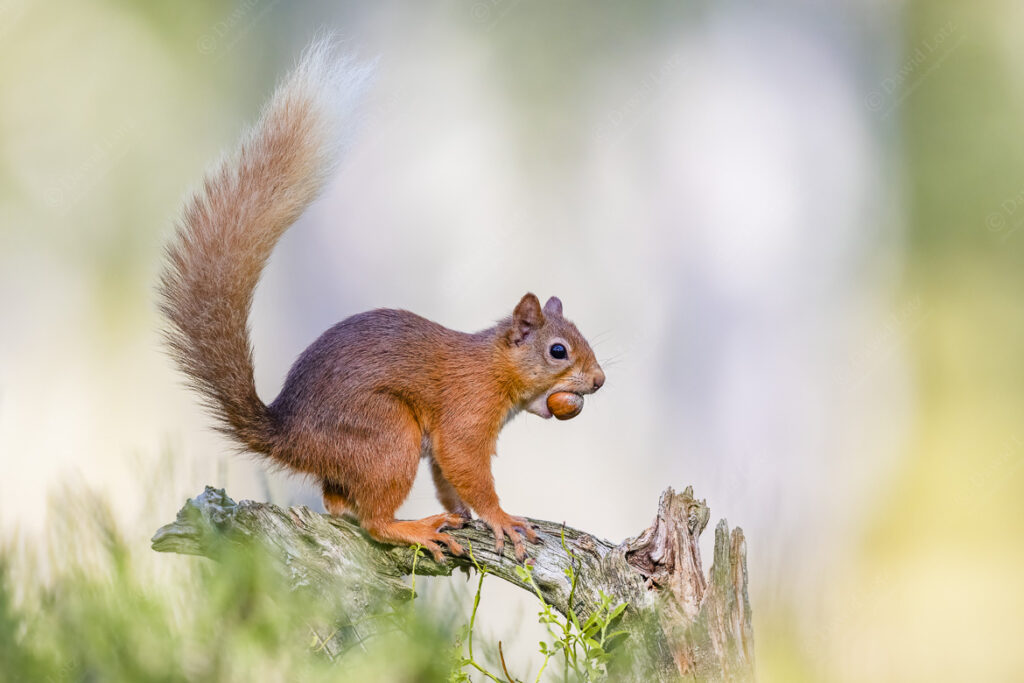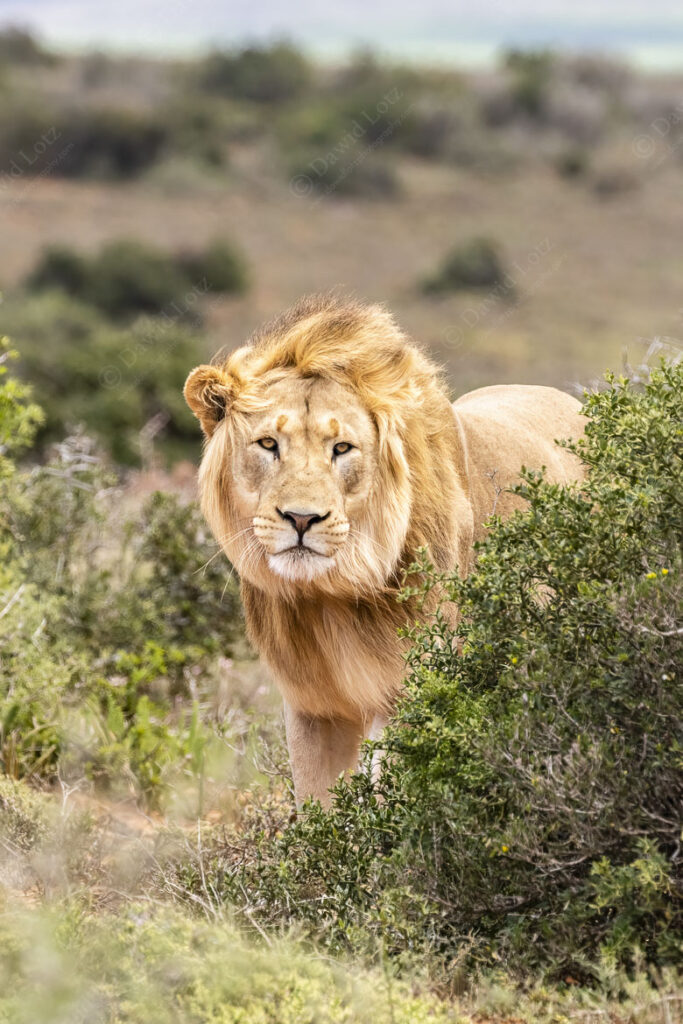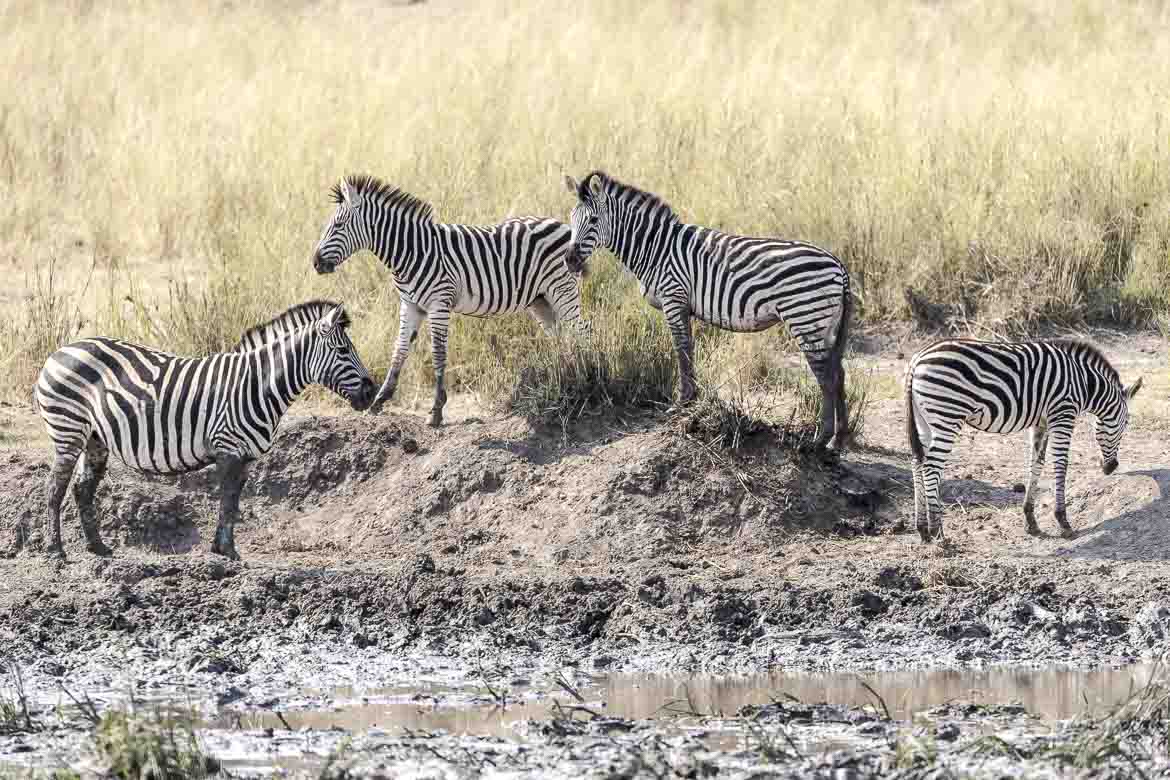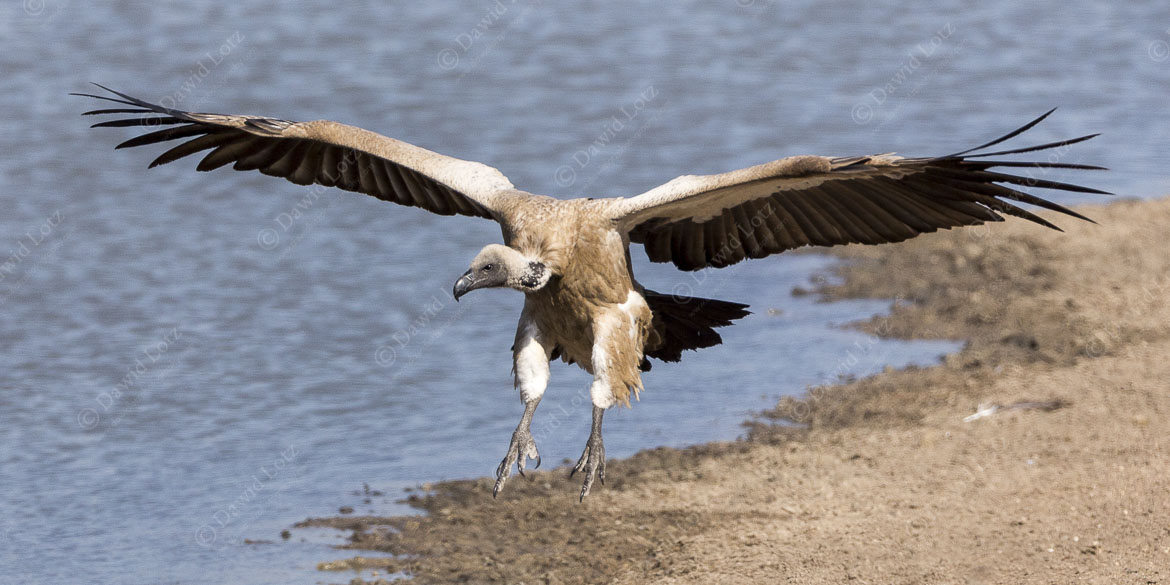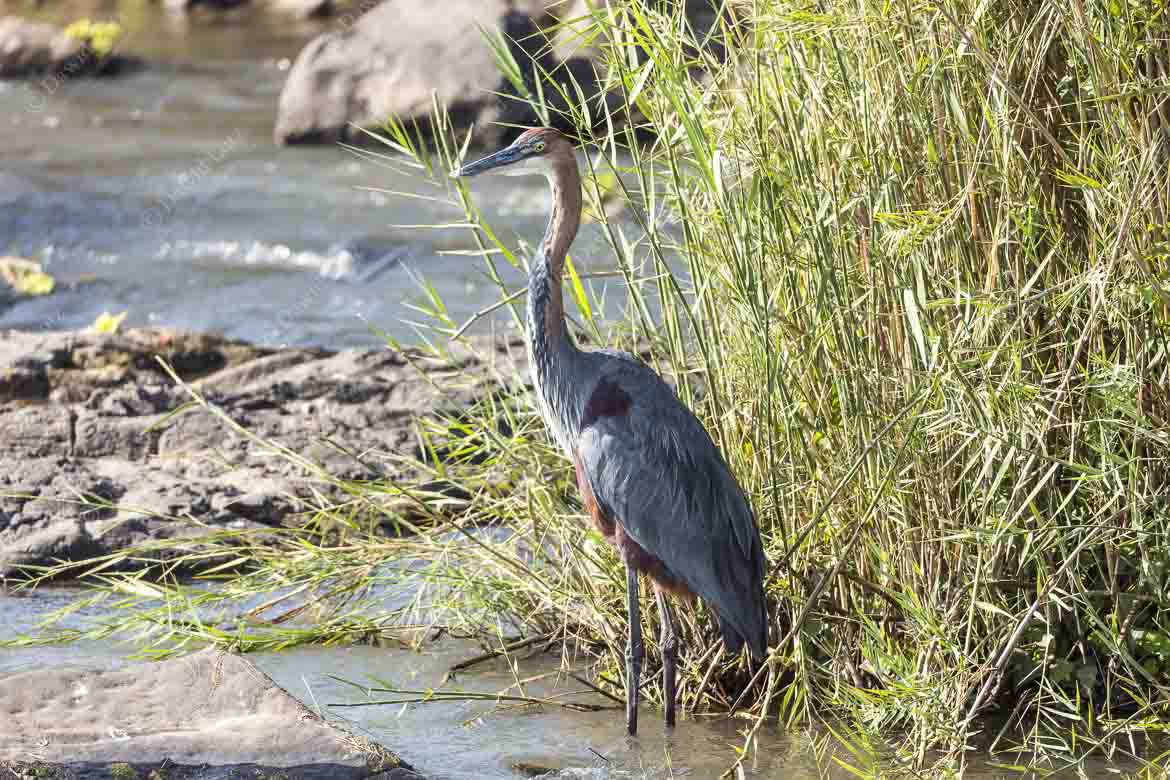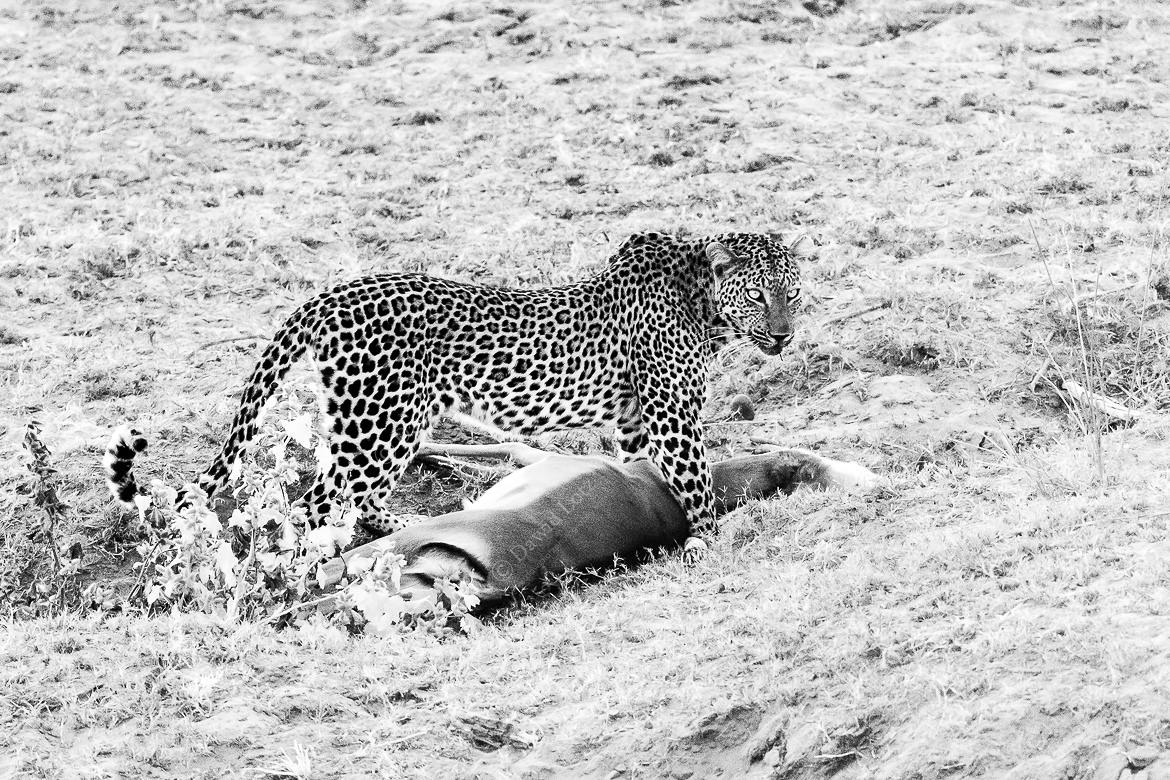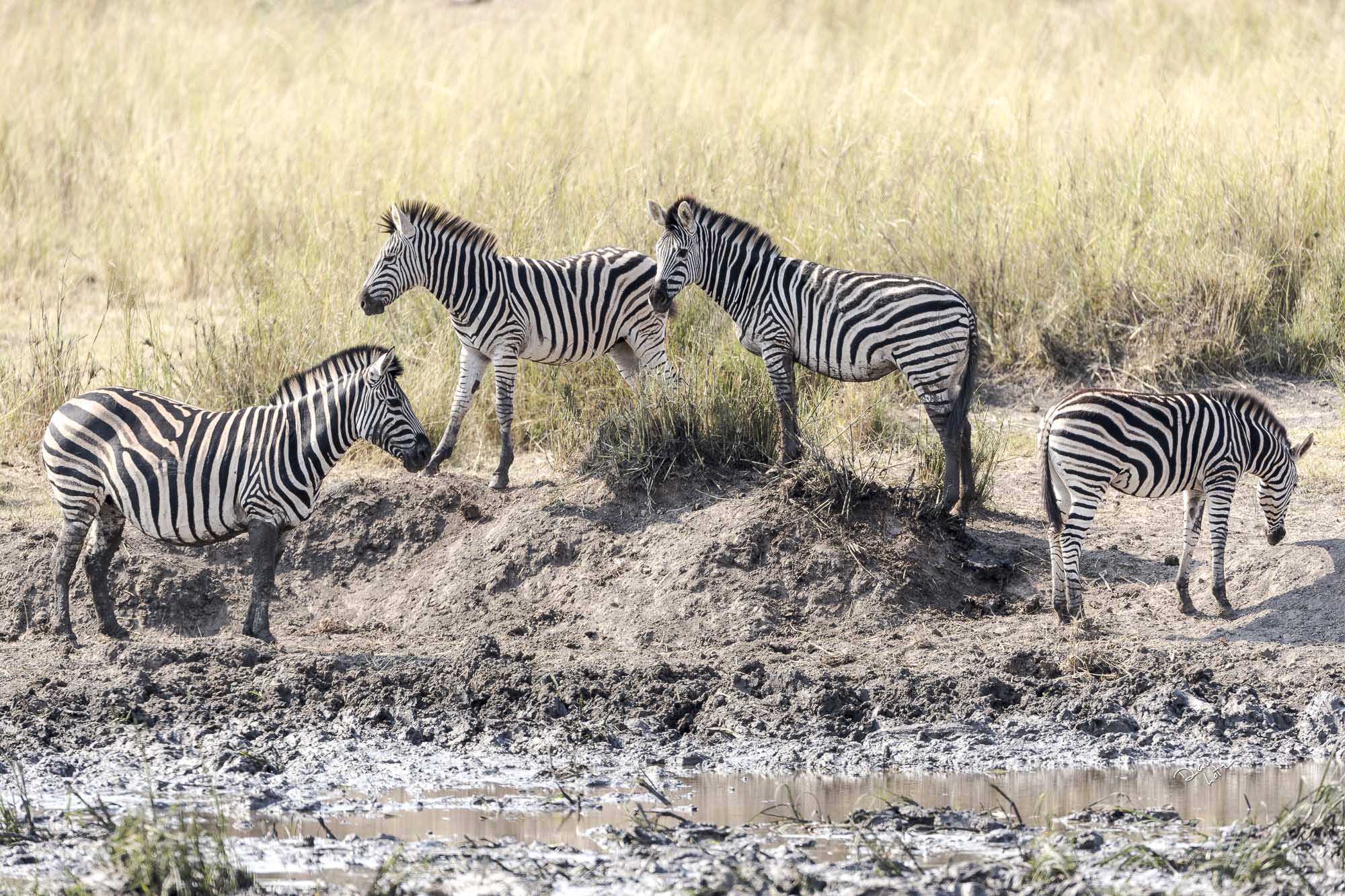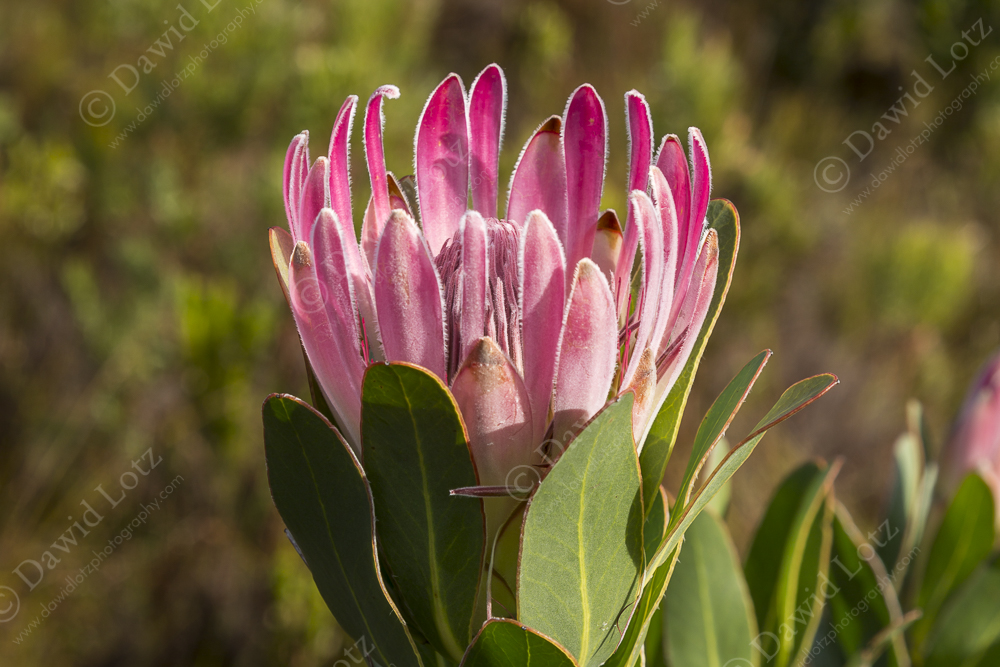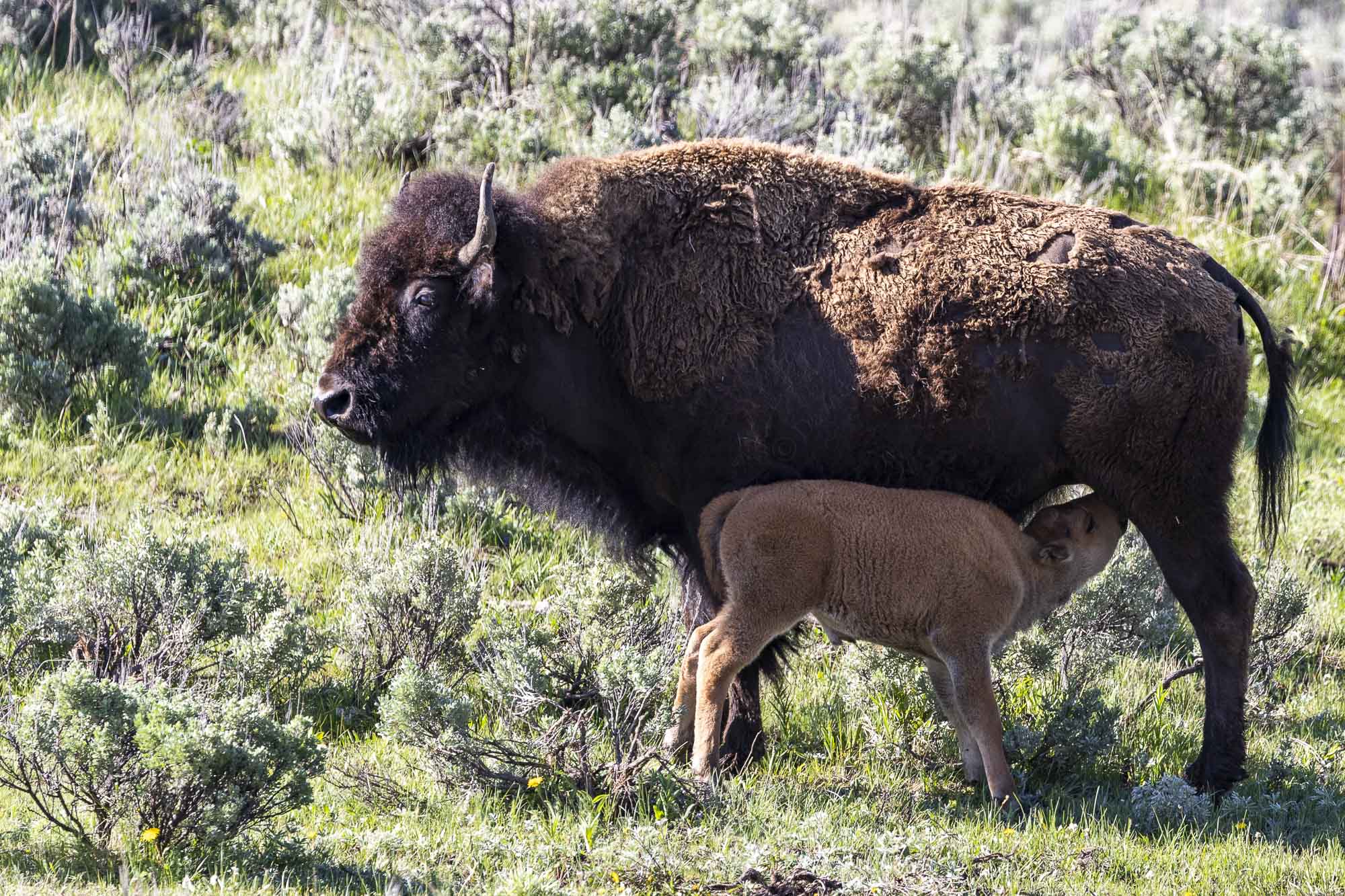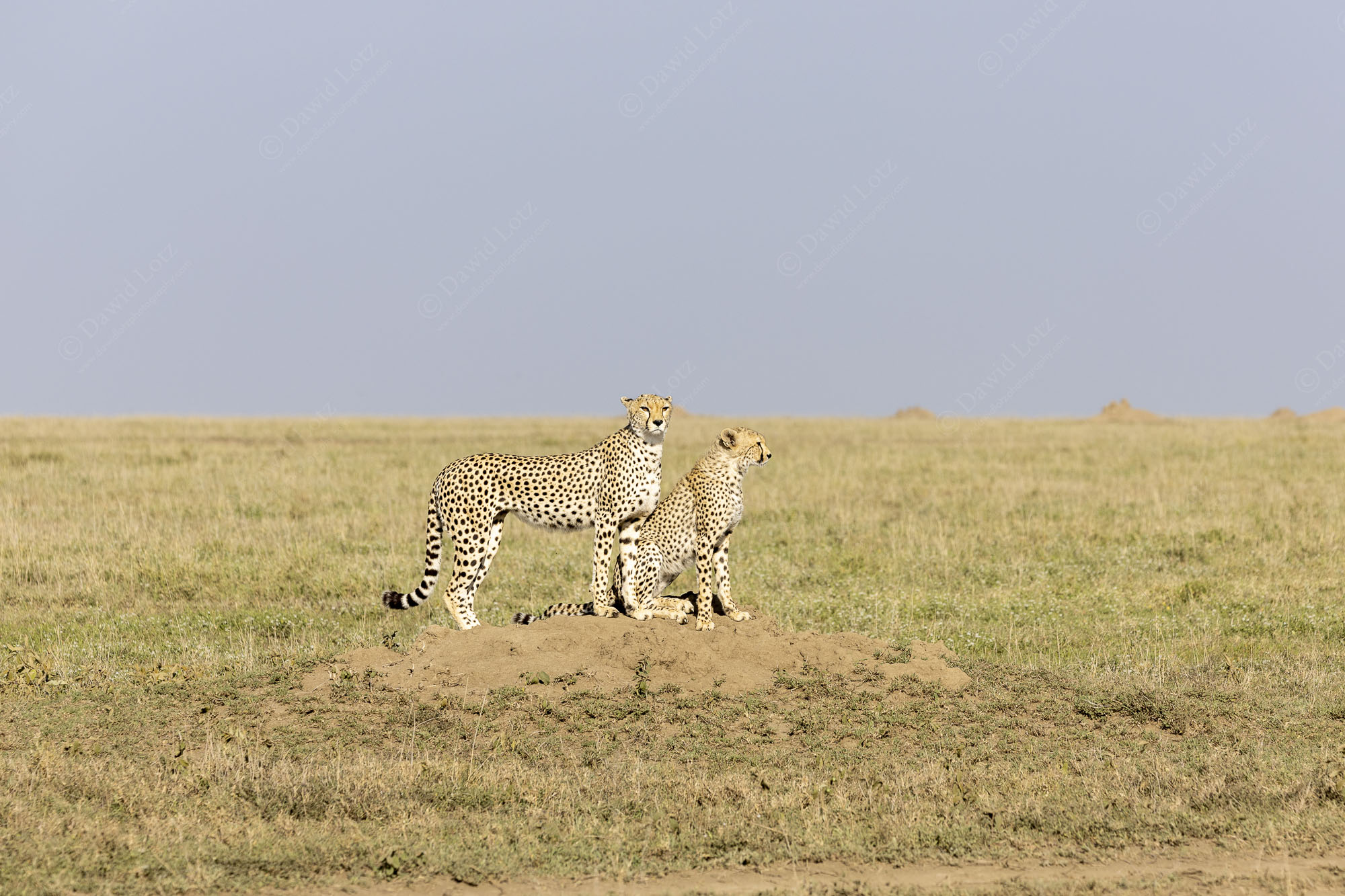SELECTION OF PHOTOGRAPHS FROM THE GALLERIES
A LINK WITHIN TITLE PARAGRAPH WILL TAKE YOU TO THE GALLERY WHERE THE IMAGE AND RELATED ONES WILL BE FOUND
African lions in grass — Kruger National Park — South Africa (Kruger NP 2014 gallery)
African Lion (family Felidae; Genus Panthera Leo):- Sub-Saharan Africa; very social compared to other cats and often found in prides. Females do much of the hunting usually in teams. Read More
Brown Bears taking a nap after salmon fest — Katmai National Park and Preserve — Alaska, USA (Katmai NP and Preserve gallery)
Brown Bears: (Usidae: Ursus arctos — brown bears) the “horribalis” subspecies is the grizzly but Katmai bears are brown bears — coastal living and feeding mostly off salmon. Read More
Osprey on takeoff with fish — Cairngorm National Park — Scotland, UK (Inverness and Surrounds gallery)
Osprey: (family Pandionidae; genus -> species Pandion haliaetus) Also known as “sea hawk”, “river hawk” “fish hawk”. There are four subspecies but broadly divided into western and eastern osprey. Read More
Red Squirrel jumping near Aviemore — Cairngorm National Park — Scotland, UK (Inverness and Surrounds gallery)
Red Squirrel: (family Sciuridae; genus Sciurus vulgaris) Red squirrels shed their coats twice a year. Read More
Red Squirrel with nut — Cairngorm National Park — Scotland, UK (Inverness and Surrounds gallery)
Red Squirrel: (family Sciuridae; genus Sciurus vulgaris) Red squirrels shed their coats twice a year. Large ear tufts are seen between August and November. Read More
African Lion at Domkrag Dam Lookout — Addo Elephant National Park — South Africa (Addo NP gallery)
African Lion (family Felidae; genus Panthera Leo):- Sub-Saharan Africa; very social compared to other cats and are found in prides. Read More
Bruchelle’s zebras on mount at Nshawudam — Kruger National Park — South Africa (Kruger NP 2016 gallery)
Burchell’s zebra: (quagga burchellii): The Burchell’s zebra is named after the British explorer and naturalist, William John Burchell. Read More
White-backed vulture approaching landing — Kruger National Park — South Africa (Kruger NP 2015 gallery)
White-backed vulture (family Accipitridae; Genus Gyps africanus);- is an Old World vulture and sometimes called Read More
Cheetah in long grass — Kruger National Park — South Africa (Kruger NP 2015 gallery)
South African Cheetah (family Felidae; Genus Acinonyx jabatus jabatus):- They are found predominantly in South Africa, Namibia broadly, Botswana, Zimbabwe, Zambia and Mozambique. Read More
Goliath heron patiently waiting… — Kruger National Park — South Africa (Kruger NP 2016 gallery)
Goliath heron or Giant heron (family Ardeidae ; Genus Ardea goliath);- the largest species of heron and may be up to 158 cm tall with a wing span of 2 metres. Read More
African leopard with menacing look draging kill — Kruger National Park — South Africa (Kruger NP 2015 gallery)
African Leopard (family Felidae; Genus Panthera Pardus):- Most Southern Africa leopards are nocturnal in their hunting habits but in protected wildlife areas they tend to hunt at dawn and dusk as well. Read More


